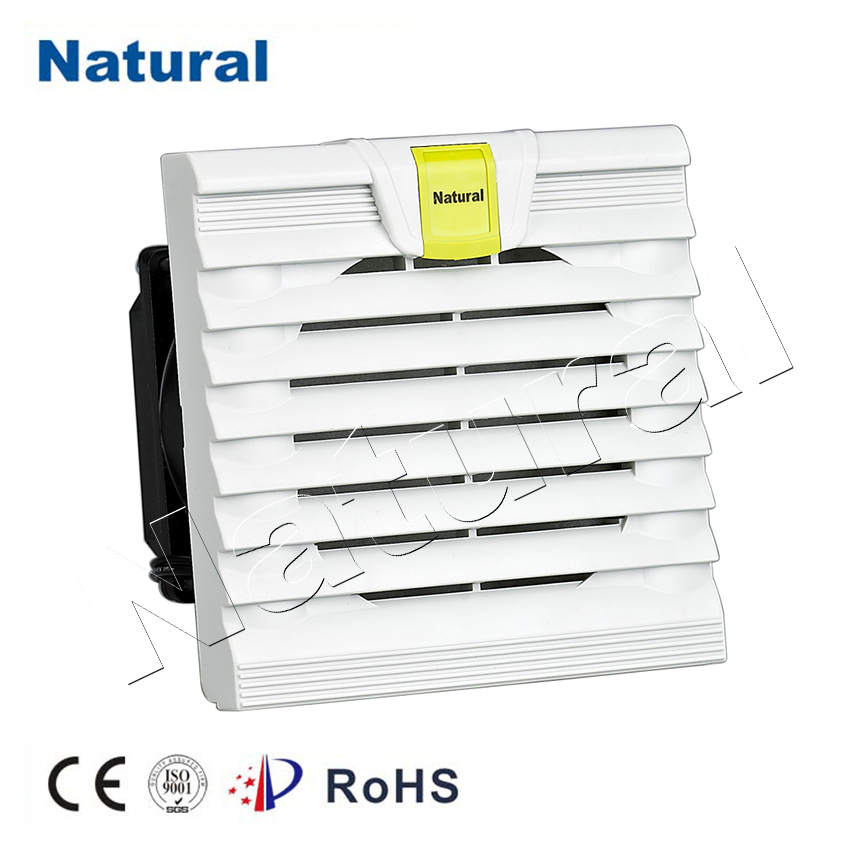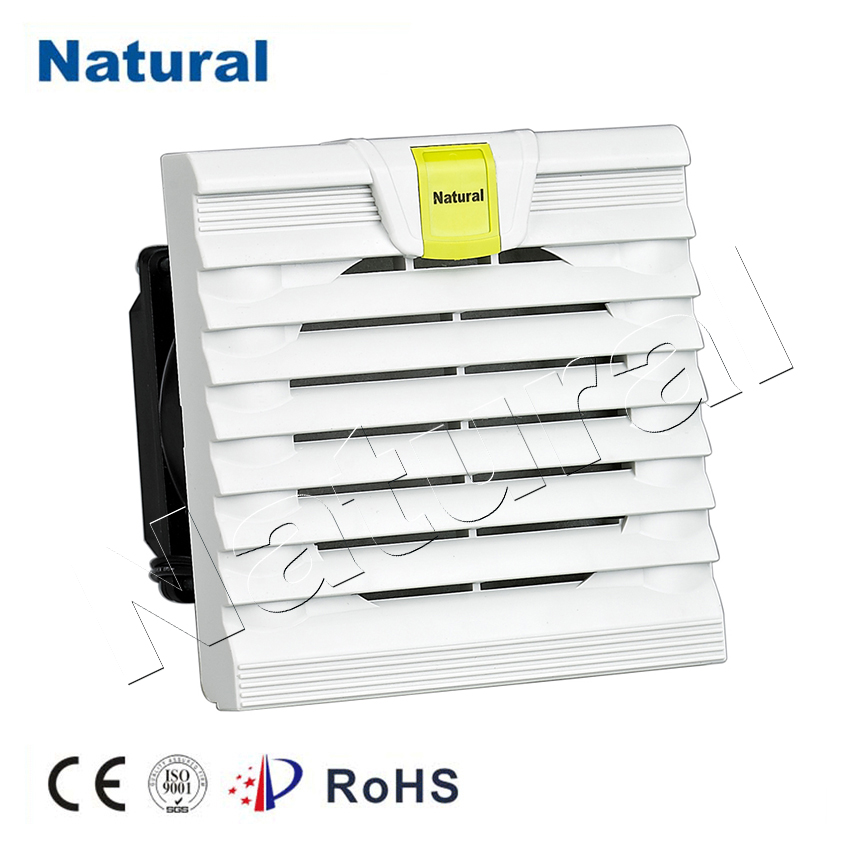Cabinet filters play a crucial role in maintaining clean and efficient air in various industrial and commercial applications. Whether used in HVAC systems, laboratory environments, or production facilities, these filters are designed to remove particles, contaminants, and pollutants from the air, ensuring the health of both workers and machinery. This article will explore the importance of cabinet filters, their types, applications, and the factors to consider when choosing one for a specific purpose.

What is a Cabinet Filter?

A cabinet filter is a type of air filtration system housed in a cabinet or enclosure. It consists of filter media that capture dust, dirt, bacteria, smoke, and other harmful particles from the air. These filters are designed to be placed within air handling units or ventilation systems to ensure that the air circulating within a building or facility is clean and free of pollutants. Typically, these systems include a combination of pre-filters, main filters, and sometimes even HEPA filters for more advanced filtration. The cabinet is usually made of durable materials like metal or heavy-duty plastic to protect the filter media and components inside. The filters can be of various types, including carbon, fiberglass, or electrostatic filters, depending on the level of filtration required for the specific environment.
